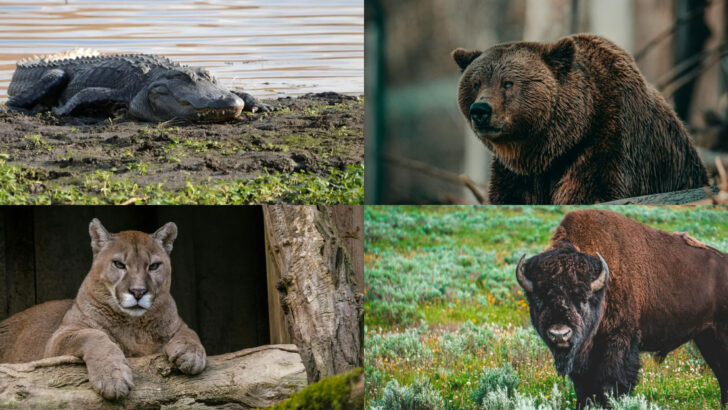The United States is home to a diverse range of wildlife, including some truly formidable creatures. These animals, found across varying landscapes, possess traits and characteristics that make them both fascinating and intimidating.
From the dense forests to the open plains, each of these species plays a crucial role in their ecosystems. However, their fearsome reputations remind us to respect and admire their power and presence in the wild.
American Alligator
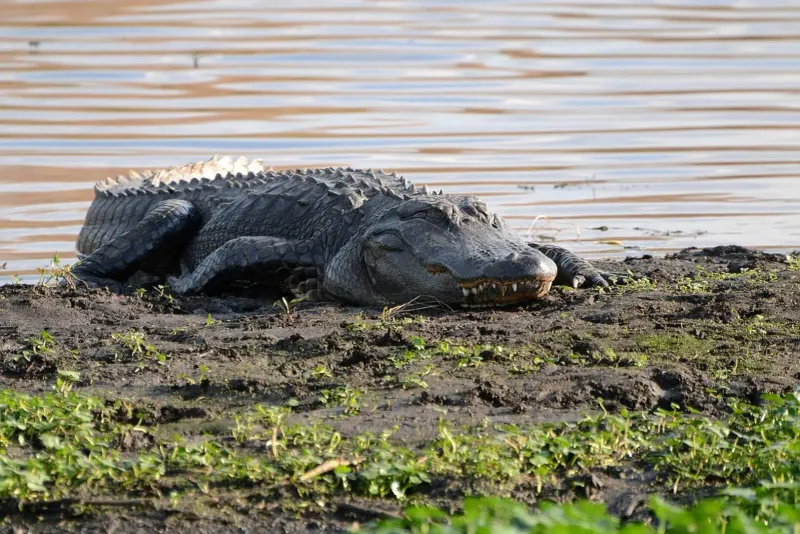
Known for their formidable presence in southeastern swamps, these reptiles boast jaws capable of exerting immense force. Observing them from a distance is wise, as their stealthy nature can catch the unprepared unaware.
Masters of the marsh, they blend seamlessly into their environment.
Despite their size, alligators are surprisingly agile in the water, making them excellent hunters. Their diet includes fish, birds, and small mammals.
While attacks on humans are rare, it’s essential to remain cautious when in their habitat.
Their role as apex predators is vital for maintaining ecological balance in wetland ecosystems.
Grizzly Bear
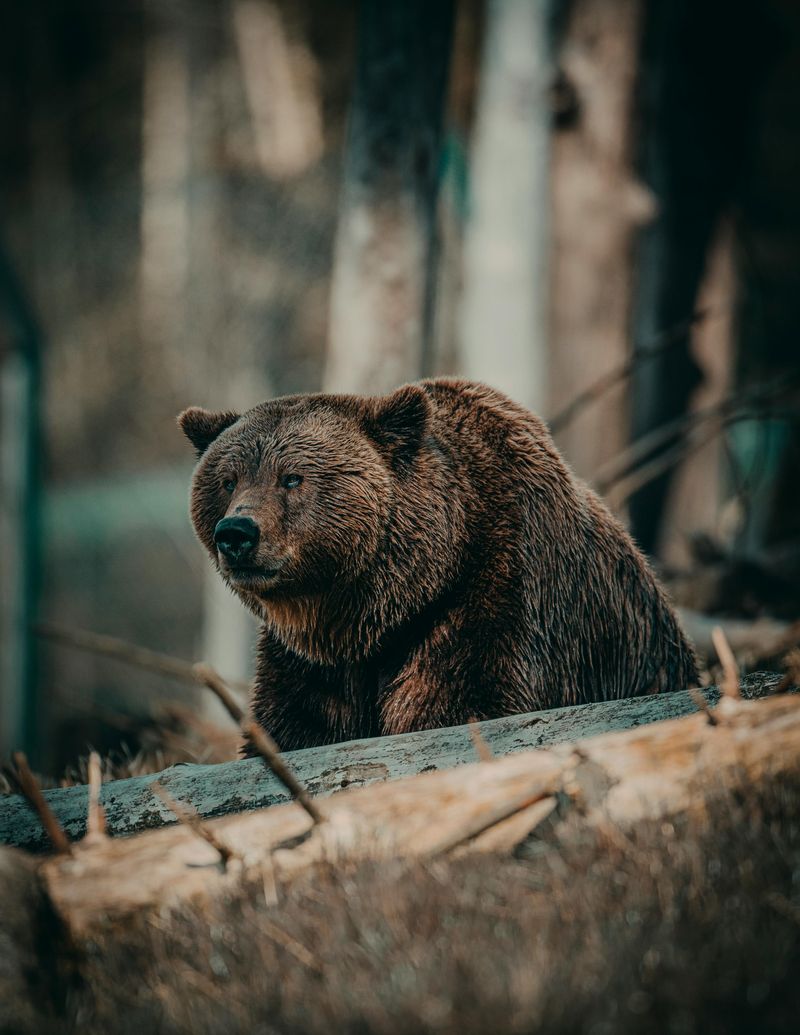
Residing in the forests and mountains of the northwest, grizzly bears command respect with their sheer size and strength. Known for their humped shoulders and fierce demeanor, these bears are solitary animals.
Grizzlies have a diverse diet, ranging from berries and roots to large mammals. Their keen sense of smell and powerful limbs make them adept hunters and foragers.
Encounters with humans can be dangerous, which is why understanding their behavior is crucial for those venturing into bear country. Proper precautions and respect for their space can ensure safety for all.
Mountain Lion
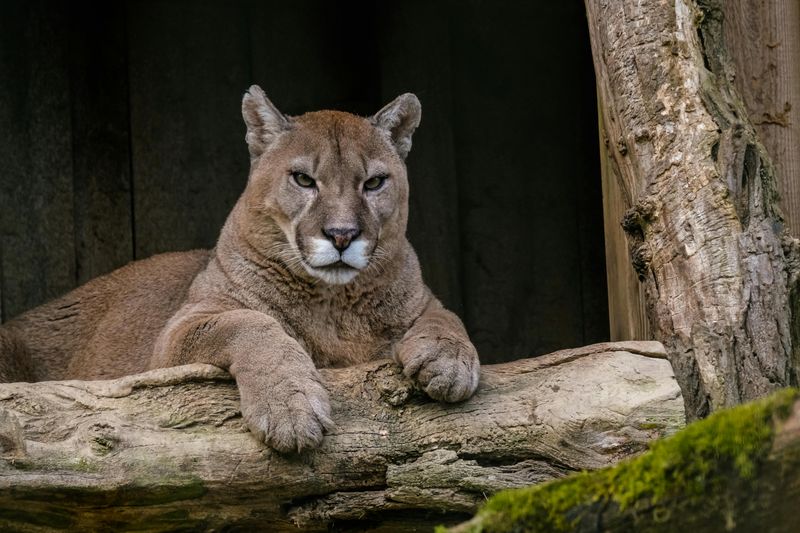
This elusive predator prowls the rugged landscapes of the American West, from forests to deserts. Renowned for their agility and strength, mountain lions are expert hunters of deer and other small game.
Their solitary and territorial nature means they avoid humans, but encounters can occur. Awareness and education are key when hiking in their territories.
Mountain lions play a vital role in controlling prey populations, which helps maintain a balanced ecosystem. Admire their beauty from afar, respecting their natural habitat and role as a top predator.
American Bison
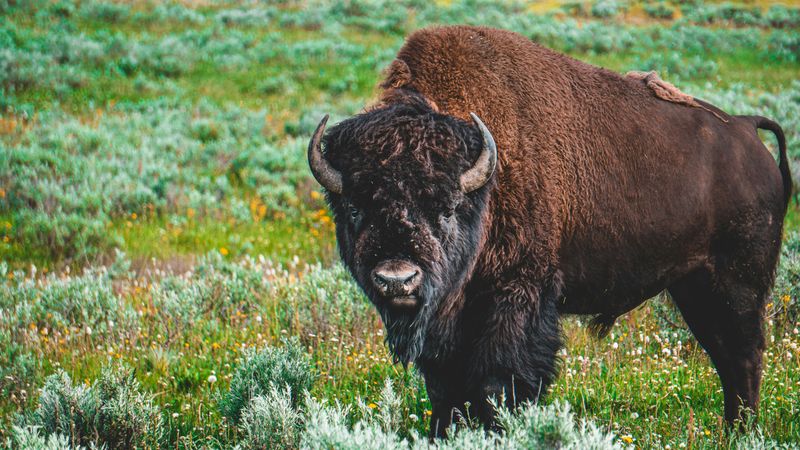
A symbol of the American plains, the bison’s massive frame and iconic hump make them unmistakable. Once nearly driven to extinction, conservation efforts have helped their populations rebound.
Bison graze on grasses and move in herds, which can be both protective and intimidating. These herds wander vast landscapes, shaping the ecosystem as they go.
While generally peaceful, bison can become aggressive if provoked. It’s important to observe them from a safe distance to avoid any potential danger.
Their presence on the plains is a testament to the success of conservation.
Eastern Diamondback Rattlesnake
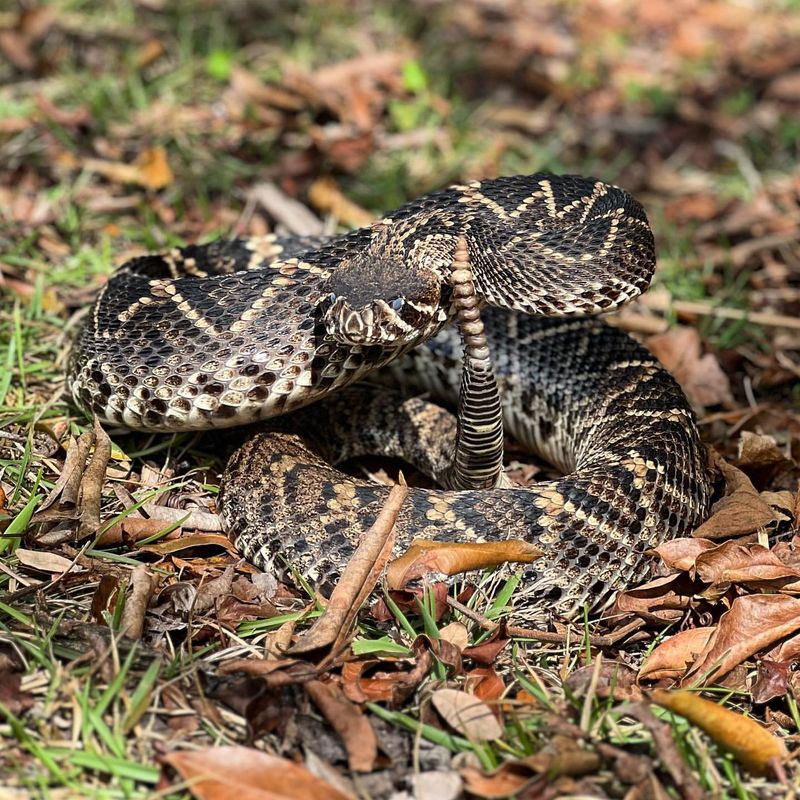
Inhabiting the southeastern U. S.
, this snake’s distinctive diamond pattern and rattle are both warning and wonder. Venomous and fast, the Eastern Diamondback demands respect and distance.
Their habitat includes forests, swamps, and coastal dunes, where they hunt small mammals. Their rattle serves as an effective deterrent to potential threats.
If encountered, it’s crucial to remain calm and slowly back away, as these snakes prefer to avoid confrontation. Recognizing their role in controlling rodent populations highlights their importance in the ecosystem.
Great White Shark
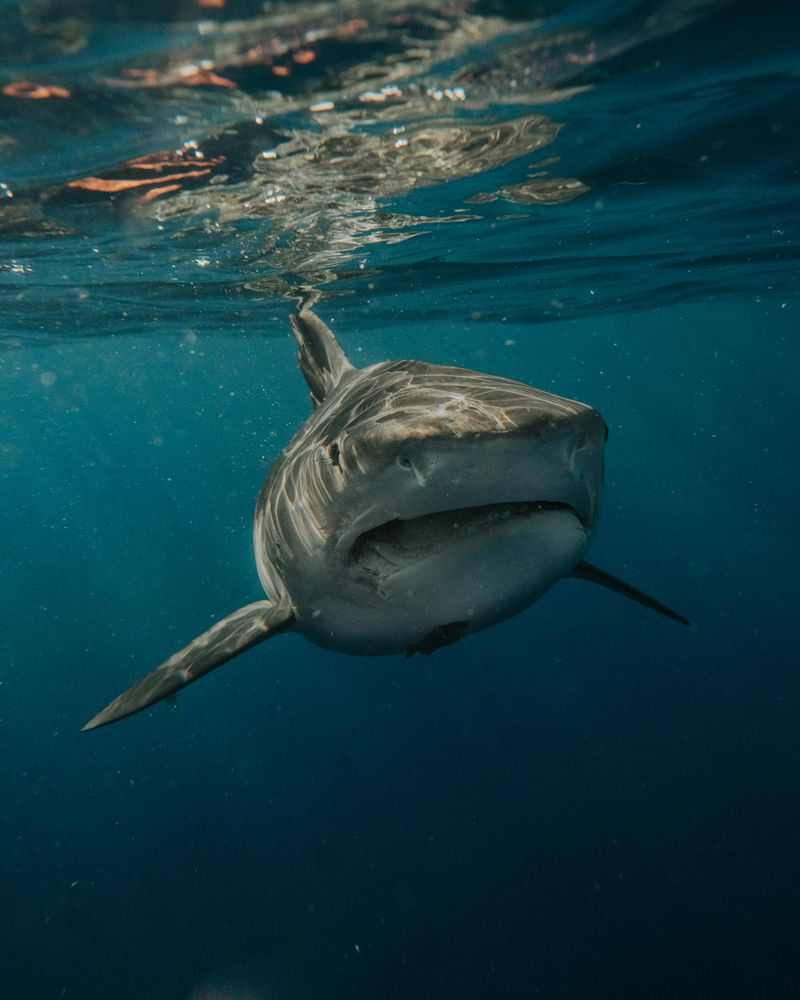
Patrolling the cold waters of the Atlantic, great white sharks are apex predators of the ocean. Known for their formidable size and keen senses, they inspire both awe and fear.
These sharks have a varied diet, including seals, fish, and carrion. Their role as top predators is crucial for maintaining marine health.
While attacks on humans are extremely rare, the presence of great whites off coastal waters necessitates respect and caution. Their survival is threatened by overfishing, highlighting the need for conservation efforts to preserve their place in the oceanic ecosystem.
Wolverine
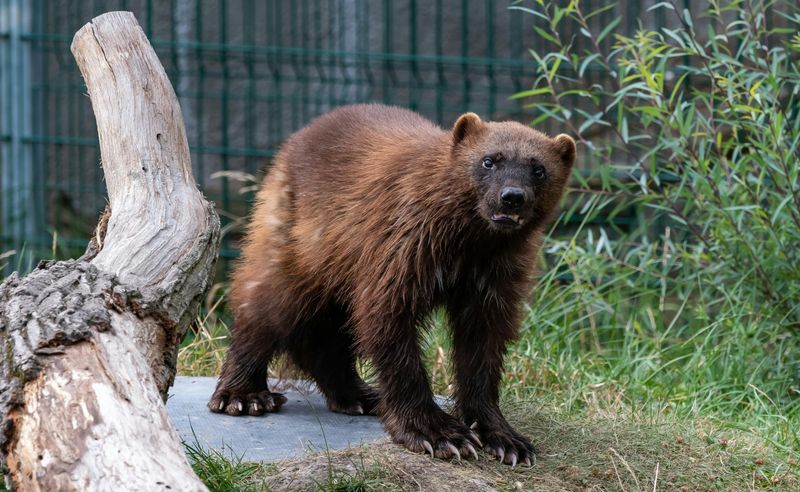
In the remote regions of the northern U. S.
, wolverines roam with tenacity and strength that belies their size. Often solitary, these creatures are efficient scavengers and hunters.
Their diet is diverse, ranging from small mammals to carrion, adapting to the harsh climates they inhabit. Wolverines are known for their powerful jaws and endurance.
Their elusive nature makes sightings rare, but their presence is a testament to the resilience of the wilderness. Conservation efforts are essential to protect these unique animals and their habitats.
Timber Wolf
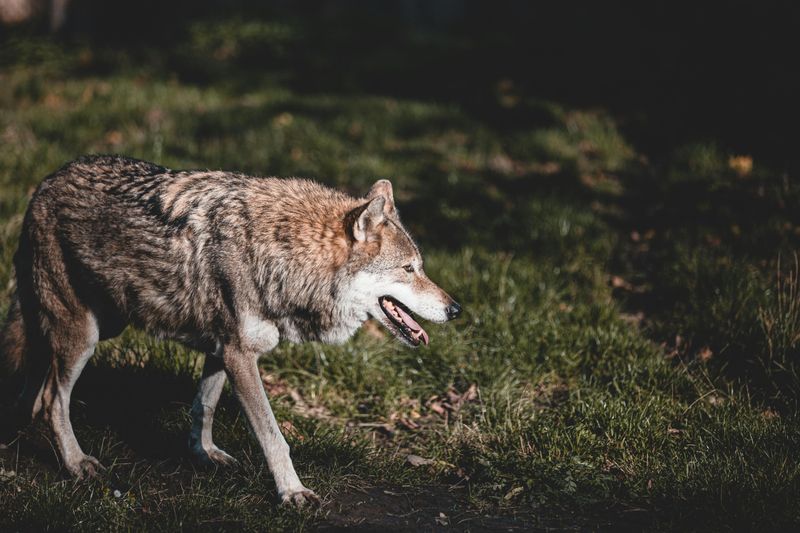
Inhabiting the forests and tundras, timber wolves are social pack animals with complex structures. Their howls echo the communication and bonds within the pack.
Wolves are strategic hunters, using teamwork to track and hunt prey like deer and elk. Their presence helps control ungulate populations, maintaining ecological balance.
Despite misconceptions, wolves are shy and avoid human interaction. Understanding their role in the ecosystem is critical for coexistence and conservation efforts.
Their haunting calls are a symbol of wilderness and survival.
Moose
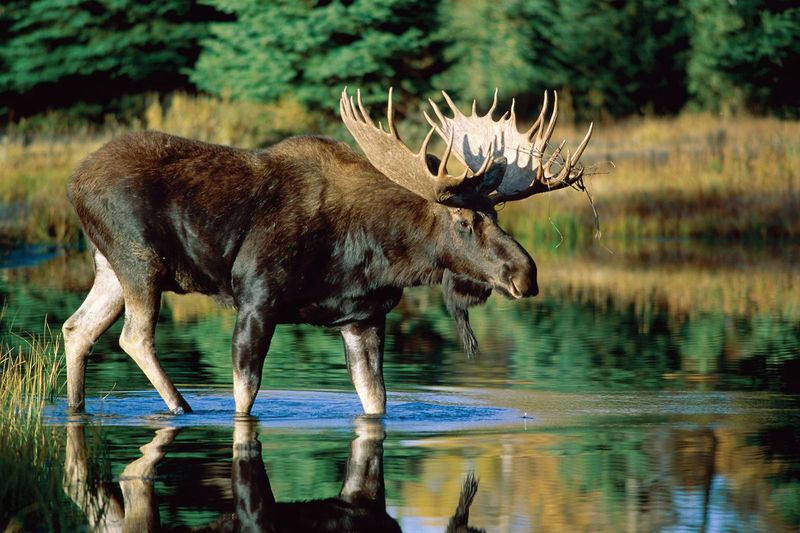
Known for their imposing stature and massive antlers, moose wander the forests and wetlands of the northern U. S.
With a diet of leaves, twigs, and aquatic plants, they are surprisingly gentle browsers.
However, their size demands respect, especially during mating season when males can become aggressive. It’s wise to keep a safe distance when encountering these giants.
Moose play an important role in their ecosystems by influencing vegetation growth and providing food for predators. Their serene presence in the wild is both a wonder and a reminder of nature’s grandeur.
American Black Bear
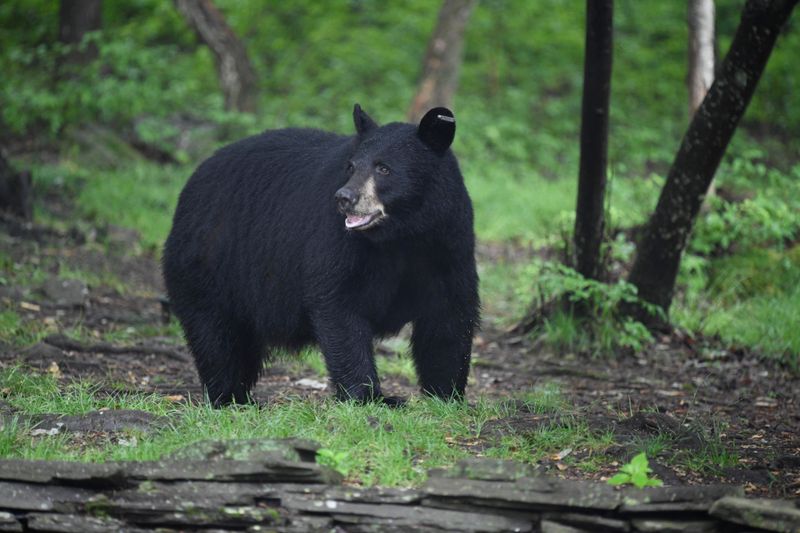
Black bears, common in wooded areas, are adaptable creatures with a varied diet of berries, insects, and fish. Their intelligence and curiosity often lead them to human environments.
These bears are usually not aggressive but can be dangerous if provoked or if they feel threatened. Observing them in their natural habitat should be done with caution.
Their adaptability has allowed them to thrive, yet human encroachment continues to threaten their habitats. Education and awareness are key to ensuring peaceful coexistence with these majestic animals.
Copperhead Snake
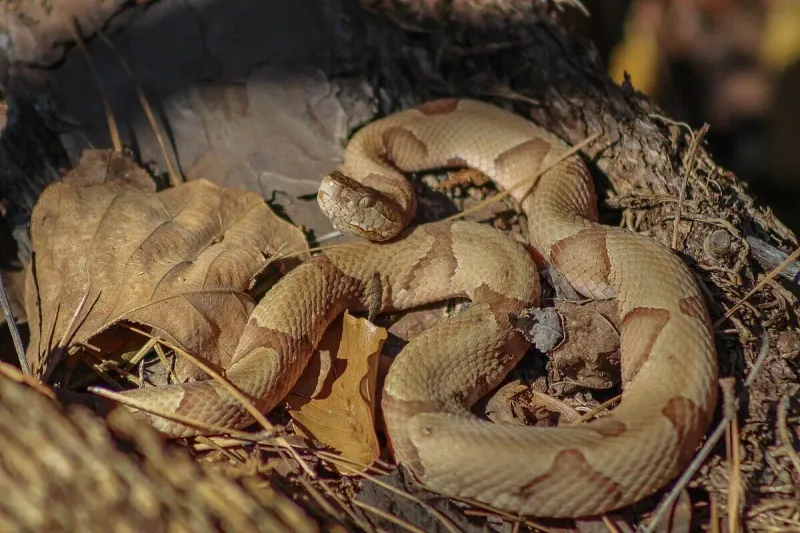
In the forests and rocky areas of the eastern U. S.
, copperhead snakes lie in wait. Their camouflage, a blend of copper and brown, offers perfect concealment.
These snakes are venomous, though their bites are rarely fatal to humans. Caution is advised when walking through their habitats.
Copperheads control rodent populations, playing a vital role in the ecosystem. Awareness of their presence helps prevent accidental encounters, ensuring safety for both humans and snakes.
Respectful distance is the best policy when navigating their domains.
Bald Eagle
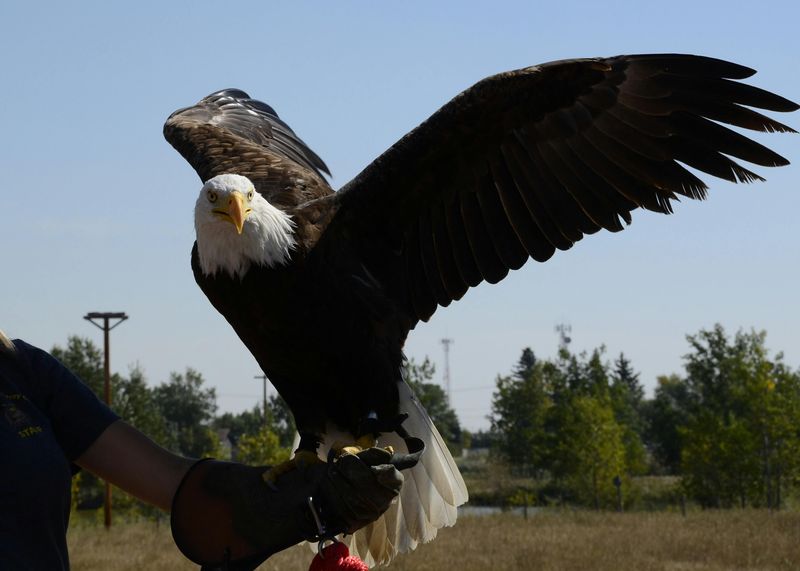
As the national bird of the United States, bald eagles embody strength and freedom. With wingspans reaching over seven feet, they are masters of the skies.
These birds of prey feed mainly on fish, but their diet can include small mammals and carrion. Their sharp talons and keen eyesight make them formidable hunters.
Once endangered, conservation efforts have successfully restored their populations. Observing a bald eagle in flight is both inspiring and a testament to the power of conservation.
Their presence signifies the resilience of natural habitats.
Prairie Rattlesnake
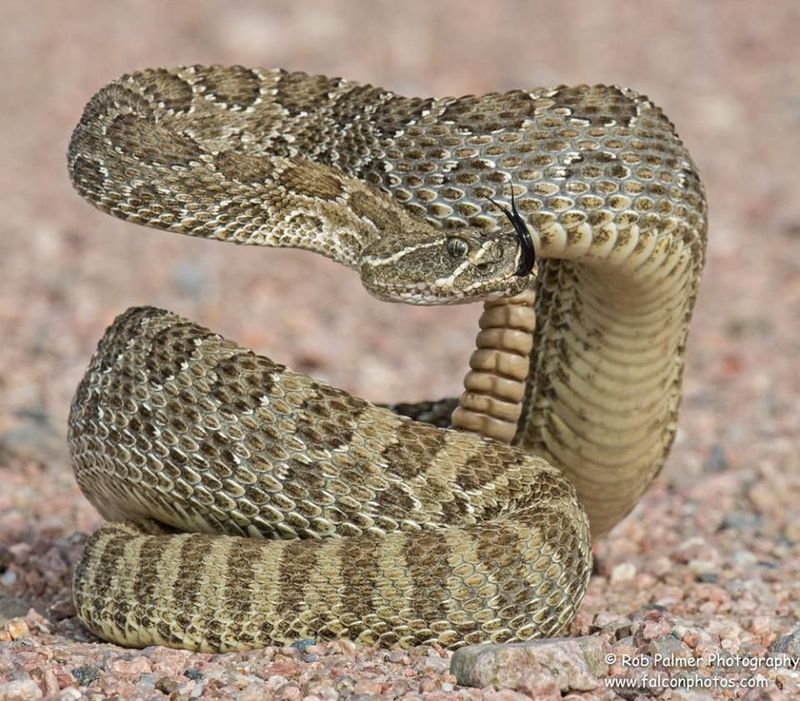
In the prairies and deserts of the western U. S.
, prairie rattlesnakes are both feared and respected. Recognized by their distinctive rattle, they are effective predators of small mammals.
Their venom, though potent, is rarely fatal to humans if treated promptly. Awareness of their habitat and behavior is crucial to avoid accidental bites.
These snakes play a crucial role in controlling rodent populations, maintaining the ecological balance. Their presence is a reminder of the wild and untamed spirit of the American West.
Caution and respect go a long way in snake country.
Brown Recluse Spider
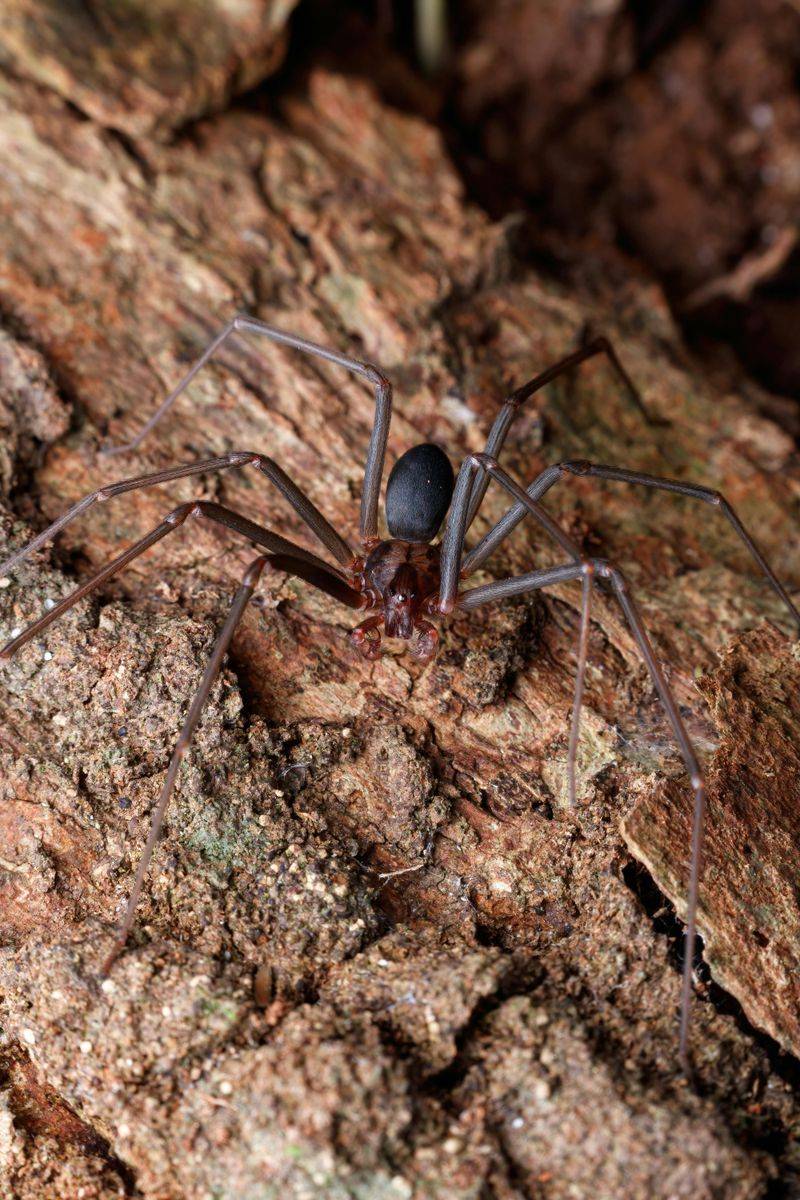
Often lurking in undisturbed corners, the brown recluse spider is both feared and misunderstood. With a venomous bite that can cause significant injury, caution is advised when reaching into dark areas.
These spiders are not aggressive and prefer to avoid human contact. Their role in controlling insect populations is beneficial, despite their ominous reputation.
Recognizing their distinct violin-shaped marking helps in identification and prevention of bites. Understanding their behavior contributes to safer coexistence and appreciation of their ecological role.
Coyote
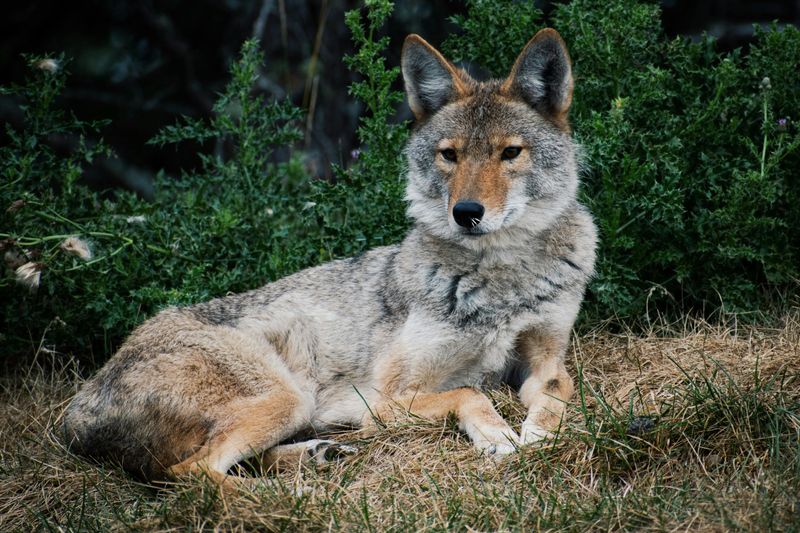
Adaptable and cunning, coyotes thrive across diverse landscapes in the U. S.
, from urban areas to deserts. Their diet is equally varied, including small mammals, fruits, and even garbage.
Coyotes are often perceived as nuisances but play a crucial role in controlling populations of rodents and other small animals. Their resilience and intelligence make them successful survivors.
Living in proximity to humans can lead to conflicts, so awareness and preventive measures are essential for harmonious coexistence. Their haunting calls at night are a reminder of the wild within reach.
American Crocodile
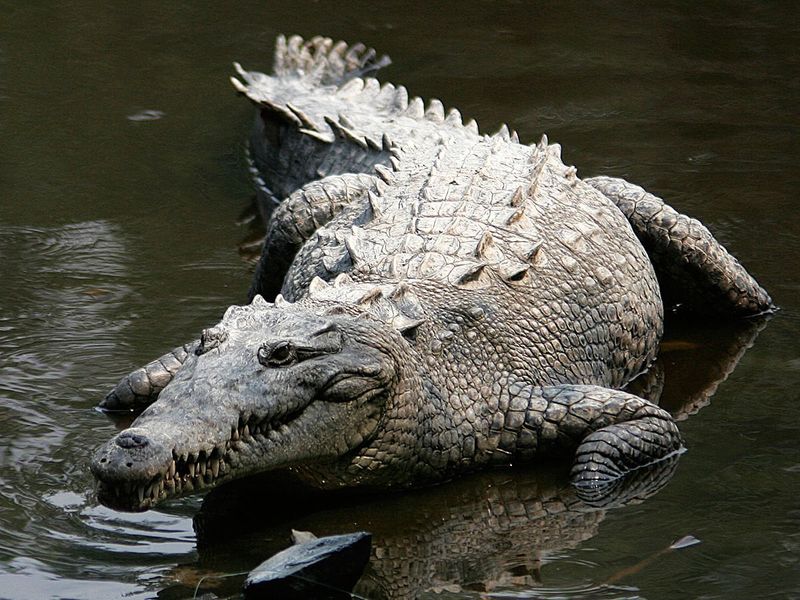
With a more reclusive nature than their alligator cousins, American crocodiles inhabit the coastal areas of the southern U. S.
These reptiles prefer brackish waters and are known for their elongated snouts.
As opportunistic predators, they feed on fish, birds, and small mammals. Observing them from afar is advised, as they can be unpredictable.
Their numbers are limited due to habitat loss, making conservation efforts vital for their survival. Understanding their behavior and habitat needs can aid in preserving these ancient creatures.
Respect for their space ensures safety.
Gila Monster
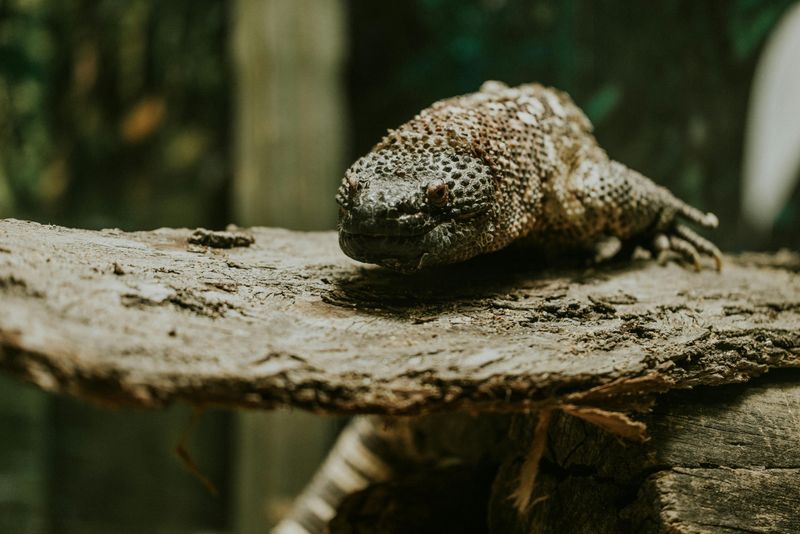
In the deserts of the southwestern U. S.
, the Gila monster is a unique sight with its vibrant, bead-like scales. As one of North America’s few venomous lizards, it commands both awe and caution.
These reptiles are slow-moving and spend much of their time in burrows, emerging during the cooler parts of the day. Their diet consists mainly of eggs and small mammals.
Encounters with humans are rare, and their venom is not life-threatening to adults. Conservation and respect for their habitat are essential to protect these rare creatures.
Florida Panther
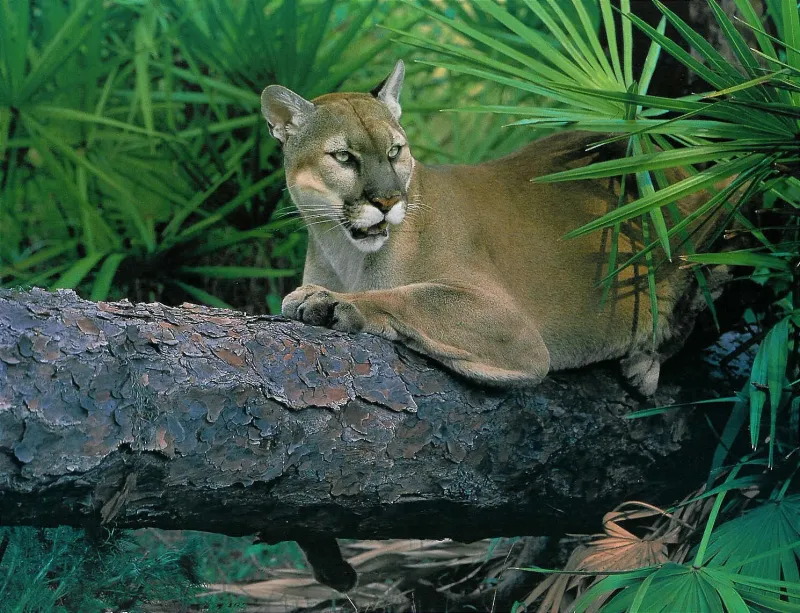
This elusive feline, native to the swamps and forests of Florida, is a subspecies of the mountain lion. Endangered and rarely seen, Florida panthers are symbols of wilderness conservation.
Their diet includes deer, wild hogs, and small mammals. They require large territories for hunting and breeding, making habitat preservation critical.
Efforts to protect these majestic animals have increased their numbers, but challenges remain. Human encroachment continues to threaten their survival.
Education and awareness can aid in preserving their natural environment and ensuring their future.
Burrowing Owl
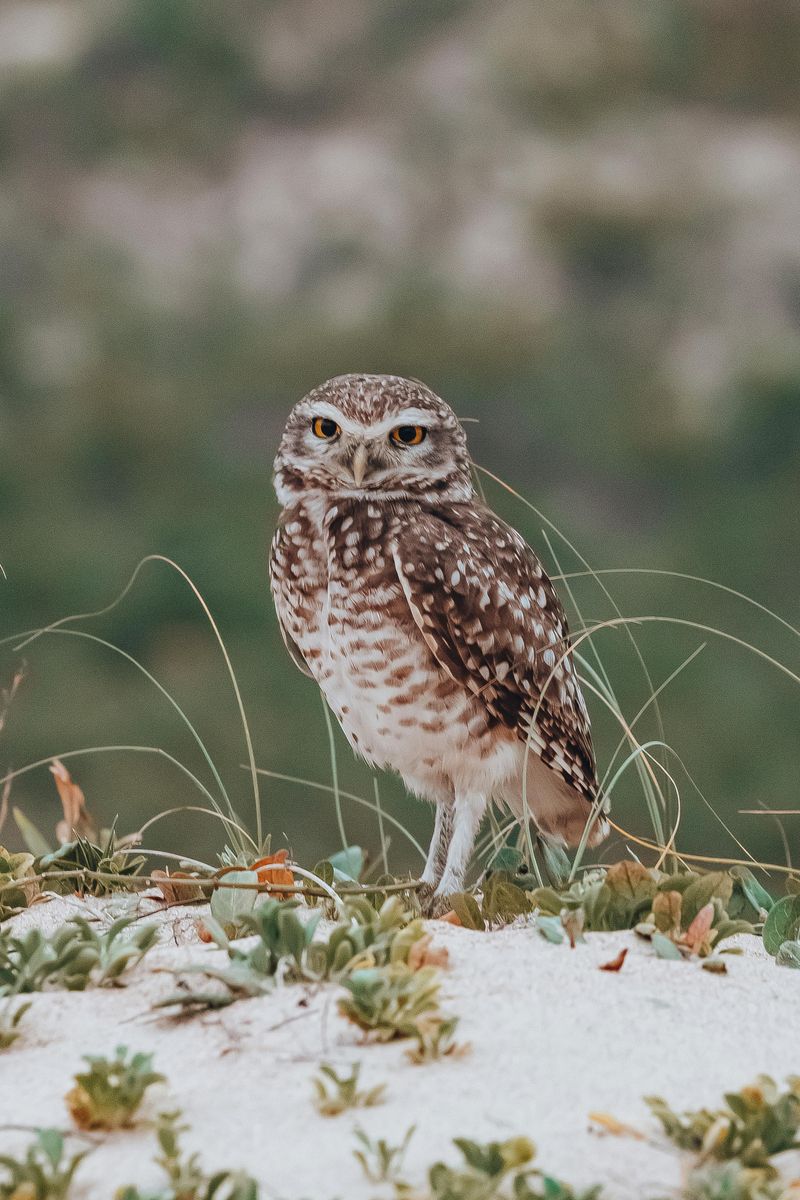
This small but fierce predator is known for its distinctive habit of nesting in burrows. Found in the open grasslands and prairies of the western U.
S. , these owls are active during the day.
Their diet consists mainly of insects and small rodents, making them vital for controlling pest populations. Despite their size, burrowing owls are protective of their nests and young.
Habitat loss and human activities pose threats to their survival, highlighting the need for conservation efforts. These charming birds remind us of the delicate balance within grassland ecosystems.
Red Fox
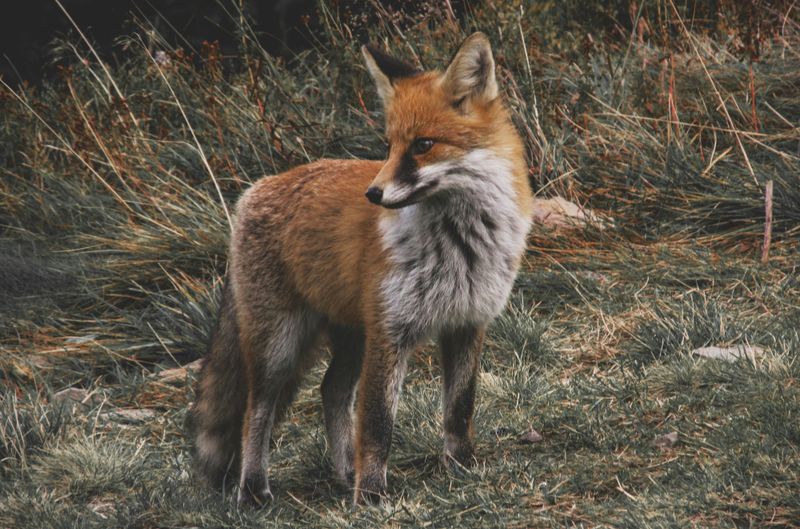
Known for their cunning and adaptability, red foxes are widespread across the U. S.
With a diet that includes rodents, fruits, and insects, they thrive in both rural and urban areas.
Their bushy tails and sharp features are unmistakable, and their playful demeanor often intrigues observers. Despite their adaptability, they face challenges from habitat loss and hunting.
Foxes play a crucial role in controlling pest populations, making them important allies in maintaining ecological balance. Their presence is a reminder of the wildlife that perseveres amidst human expansion.
Bobcat
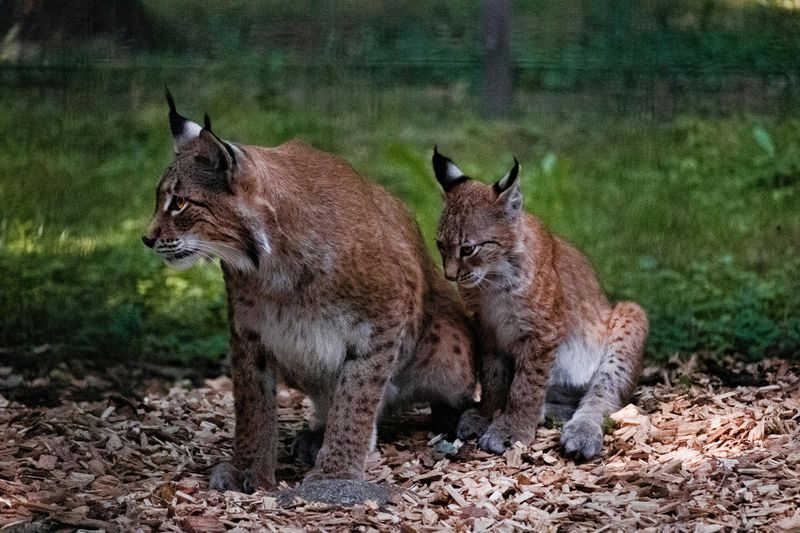
With tufted ears and a short tail, the bobcat is a stealthy predator found throughout the U. S.
Solitary by nature, they hunt small mammals and birds with precision and patience.
Their adaptability allows them to thrive in diverse environments, from forests to suburban areas. Bobcats are rarely seen by humans, preferring to keep a low profile.
Their presence is crucial for controlling prey populations, contributing to the health of ecosystems. Observing their tracks or scat offers a glimpse into their elusive world, emphasizing the importance of preserving their habitats.
American Badger
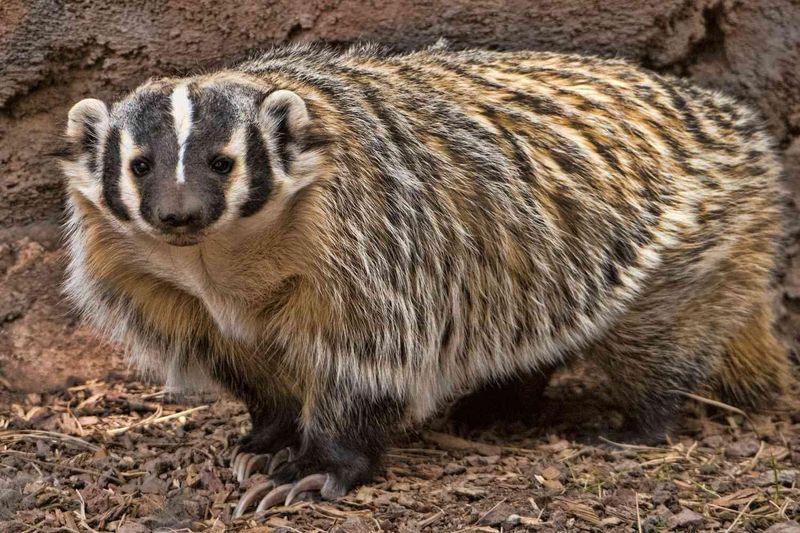
Renowned for their digging prowess, American badgers are formidable burrowers inhabiting the grasslands and open areas of the U. S.
Their stout bodies and sharp claws make them efficient hunters of burrowing animals.
Badgers have a varied diet that includes rodents, insects, and reptiles. Their digging aerates soil, benefiting plant growth and contributing to ecological health.
Though often solitary, they are known for their fierce defense of territory. Respect for their role in the ecosystem and understanding their behavior can foster coexistence with these resilient creatures.
The Stinging Nettle Caterpillar
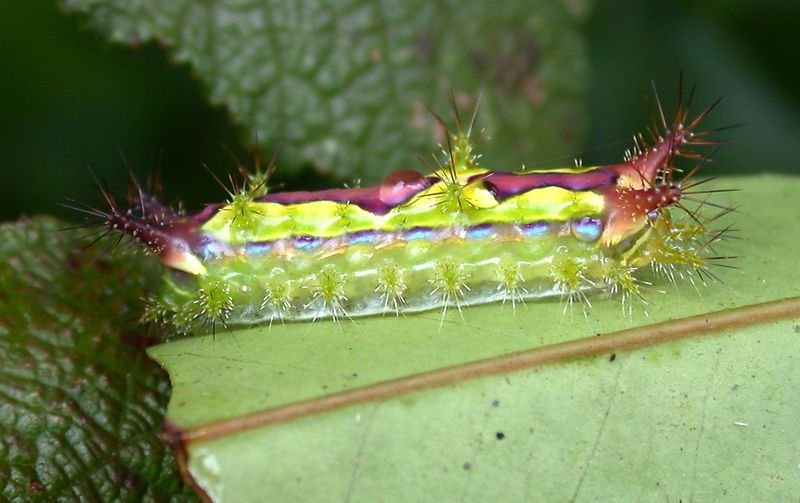
The Stinging Nettle Caterpillar, though small, can cause quite a stir in the forests of the Southeast U. S.
With its venomous spines, touching it can lead to painful rashes and swelling. The caterpillar’s bright green body is both a warning and a disguise among the leaves.
Despite its size, this caterpillar packs a punch, making it one of the more surprising dangers encountered by hikers. Typically found in humid, wooded areas, it’s essential to be cautious when exploring these environments.
While they eventually transform into harmless moths, in their larval stage, they demand respect and distance. Avoid direct contact to prevent irritation.

